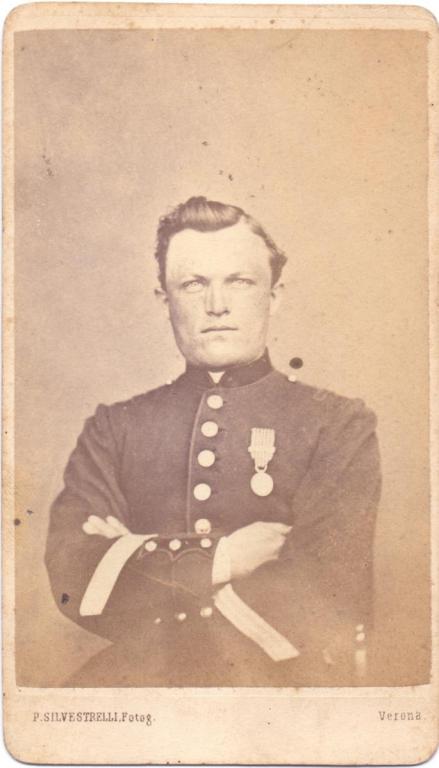-
Posts
3,101 -
Joined
-
Last visited
-
Days Won
6
Content Type
Profiles
Forums
Blogs
Gallery
Events
Store
Everything posted by The Prussian
-
Hello! A friend of mine asked me to show this photo. Unfortunately I can´t say anything about it. We see an asian soldier in Berlin. He seems to wear an uniform that looks very similar to a german one.But note the helmet! What do you think, please? Probably an asian officer à la suite in the german army? Which nationality could he be? Thanks a lot!
-

Errinerungsabzeichen Eiserne Division?
The Prussian replied to Tom63's topic in Germany: Weimar Republic & Deutsche Freikorps
Great, Eric! I haven´t seen that before!!! -
Hello! I doubt it... The light measuring troops were only introduced in 1917. Their shoulder straps were then those of the foot artillery with crossed barrels, Latin letters LM and a number. Gothic letters were actually only used for Landwehr inspections. There, however, there was always only one letter, but no I or L. I also think I see an LW. But that makes no sense to me. The Landwehr had no such letters. Note the shown german gothic letters. The W is "closed" at the top and bottom, while the M is "closed" only at the top. We also have to look at the blue base colour. If it is a shoulder board before the reunification in 1915, the colour refers to the VII, VIII.AK, or parts of the XVIII.AK, XX,.AK (IF Infantry or field-artillery! Foot-Artillery had a white base) or to the Train. After 1915, officers only wore blue in certain dragoon regiments, in the Guard and Provincial Landwehr Cavalry or in the Train. But corresponding numbers were also worn by the Ldw.Kav. So I only can make my guess, what it´s NOT (at least not officially), but I can´t tell, what it is... strange situation...? To the structure of "Lichtmeßtrupps": They belonged to the heavy artillery. First, in September 1915 there were 101 "Artillerie-Meßtrupps". (in 1916 there were 129 and in 1917 there were 177 "Trupps"). In 1916 a second kind of Meßtrupps were introduced, the "Schallmeßtrupps". So, end of 1917 they were divided in those both different Meßtrupps. We had "Artillerie-Meßtrupps" (since November, 8, 1917, called "Lichtmeßtrupps"): 29.9.1915: 1-101 1916: 102-123; 126-129 19.2.1917: 124, 125, 130-177 and Bavarian N°.1 Schallmeßtrupps: 25.1.1916: 1-51 until October 1916: 52-96 9.1.1917: 97-129 and Bavarian N°.1 A Lichtmeßtrupp had 5-6 measuring points and one measuring planning point. The planning point consisted of the leading officer, two lieutenants, 27 NCOs and other ranks. One single measuring point had 11 men. In May 1918, a third kind was raised; the so-called "Erdmeßtrupp" (Ground-measuring-troop), a combination of Licht- and Schallmeßtrupps. 3 Licht and 5 Schallmeßtrupps became one "Richtungshörer-Zug". There were only three of those platoons (N° 501-503). According to the "Vocabulary of German military terms (July 1918), the correct translations were: Artillerie-Meßtrupp: Artillery Survey Section or Observation Group Lichtmeßtrupp: Observation Group Schallmeßtrupp: Sound Ranging Section Richtungshörer: Direction Finder (sound) Erdmeßtrupp: not yet mentioned in July 1918 Unfortunately I don´t have a photo of those shoulder boards, but a photo of a "Richtungshörer": I only have two photos of "AM" (Artillerie-Meßtrupp): and a stamp of Schallmeßtrupp 100:
-
Hello! Prussian rank lists have existed since at least 1713, and from 1785 they were published annually until 1806. After that, as a result of the lost war of 1806, there were initially no more rank lists, but at least in 1808 and 1812 they were compiled in manuscript and more recently published as facsimile prints by the Military History Research Office. Furthermore, a ranking list for 1806 was published in two editions in 1828, supplemented by "Nachrichten über das nachherige Verhältnis der darin aufgeführten Officiere und Militair-Beamten" and in 1835 by a list of names. Regularly published annual rank lists again starting in 1817, they contain the entire peacetime division of the Prussian army with all formations and services as well as their staffing with officers and higher military officials, usually with the status as of spring of each year. An addendum contains changes up to the time of printing. Under each formation/service, personnel changes that have occurred since the last ranking was published and the reason for those changes are listed. The full title of the rank lists is "Rank and Quarter List of the Royal Prussian Army for the Year...". Individuals are listed by rank and surname, unfortunately first names are missing. If there are several persons of the same rank with the same surname in a formation, they are distinguished as "the 1st", "the 2nd", etc. It is only from 1897 that the first name is mentioned instead in these cases. In the years 1870 and 1876 no ranking lists appeared. In 1890, 1893, 1900, 1912, and 1913, each of which had extensive October 1 reappointments, there is an additional ranking list covering only the active duty ranks with October 1 appointments. The last peacetime ranking list appeared in the spring of 1914, after which publication ceased for the duration of World War 1. Furthermore, the Prussian rank lists show: from 1830 a list of names from 1843 onwards, lists of ranks, but from 1853 onwards only including generals and staff officers from 1850 also the (still very small) navy until 1873, after which its personnel was listed as imperial troops in a separate ranking list from 1868 also the officers and senior officers of the non-Prussian troops of the North German Confederation (except Saxony and Brunswick, Brunswick only from 1887) from 1895 also the Württemberg troops and services, the title is now: "Rang- und Quartierliste der Königlich Preußischen Armee und des XIII. (Königlich Württembergischen) Armeekorps für das Jahr..." (List of ranks and quarters of the Royal Prussian Army and the XIII. (Royal Württemberg) Army Corps for the year...") from 1897 the Schutztruppen from Oct. 1900 the Marine Infantry and for the period of its existence the East Asian Expeditionary Corps, furthermore from each officer the date of his last patent. The title is now: "Rank List..." instead of "Rank and Quarter List...". Beginning in 1903, Landwehr districts are listed in alphabetical order rather than regionally within their Army Corps. The last peacetime rank list appeared in May 1914; there were no rank lists in World War 1, if only for reasons of secrecy. In 1926, the German Officers' Association published an "Honorary Ranking List of the German Army", which, however, only contains all active officers and higher military officials who received their patent until the end of World War 1. This ranking lists Prussian and Württemberg officers as well as Bavarian and Saxon officers. Prussian reserve and Landwehr officers, if they fell, are included in Uebe's work "Ehrenmal des preußischen Offizierskorps" published in 1939. In addition to the rank lists, there were seniority lists published annually since about 1855, listing the active Prussian (and from 1897 also the Württemberg) officers with all patent awards. These seniority lists were still published during World War I. Bavaria: The compilations corresponding to the Prussian rank lists were called "Military Handbook of the Kingdom of Bavaria", a first handbook (still under the title "Rank List") was published in 1811, the following editions from 1831 onwards in about two-year intervals, the last one in spring 1914. The military handbooks are structured similarly to the Prussian rank lists, additionally contain an extensive genealogy of the ruling dynasty and also the first names of all persons mentioned, furthermore also still living officers a. D., list of names of all (also deceased) holders of the Military Order of Max Joseph and the Military Medal of Honor, a list of campaigns of the Bavarian Army and a short history of its formations. Army and a short history of its formations and services. In addition, there were annually published "rank lists", which corresponded in content to the Prussian "seniority lists". Saxony: Rank lists of the Saxon army existed from 1807 at the latest, until 1849 they were called "Stamm- und Rangliste der Königl. Sächs. Armee vom Jahre...", from 1850 only "Rangliste...". In terms of structure and scope, they resemble mutatis mutandis the military handbooks for the Kingdom of Bavaria. They were published annually, the last time in 1914, and reflect the status as of January of the respective year of publication.
-

Italian soldier around 1870
The Prussian replied to The Prussian's topic in Southern European & Balkan States
Thanks a lot! And what about the rank insignia? Full uniform = Shoulder boards, service uniform = chevrons? -

Italian soldier around 1870
The Prussian replied to The Prussian's topic in Southern European & Balkan States
Thanks a lot, mate!!!! So I assume, he had red piped, black cuffs (Savoia). Probably a Captain, who visited the town. I ordered the book "Le prime uniformi dell´esercito italiano". In that book I found this painting of "Brigata Savoia" Could it fit? -

Italian soldier around 1870
The Prussian replied to The Prussian's topic in Southern European & Balkan States
No problem, mate! Thanks a lot in advance! -

Italian soldier around 1870
The Prussian replied to The Prussian's topic in Southern European & Balkan States
Ah, ok, Thanks a lot! Now I´d like to know which units were in Verona around 1870... -

Italian soldier around 1870
The Prussian replied to The Prussian's topic in Southern European & Balkan States
Are those colours right? http://marksrussianmilitaryhistory.info/SardinianInfUnif.html So, he could have a black collar, red piped. Savoia or Pinerolo? But the cuffs would be dark blue, instead of black. What do you mean? -

Italian soldier around 1870
The Prussian replied to The Prussian's topic in Southern European & Balkan States
Hello! Thanks a lot! Great infos!!!!! Do you know, which units were in Verona around 1871? Did the collar colours change after 1871/72? -
Hello! Here I have an older picture of an Italian soldier. Brief background: In 1866, besides the German-Austrian War, the Italian-Austrian War also took place. Through the mediation of Napoleon III, a military alliance treaty was signed between Italy and the German Empire on 8 April 1866. In short, Austria lost the war and with it some parts of the country, such as Verona, which in 1866 went to the young Italian Kingdom (since 1861). Unfortunately, I am not that familiar with the old Italian uniforms. The French cuffs and commemorative medal for the unity of Italy are striking here. https://it.wikipedia.org/wiki/Medaglia_commemorativa_dell'Unità_d'Italia Any ideas of the uniform, plese? I think, it´s a Sergeant (or officer) during the occupation of Verona between 1866 and 1870. By the way. This link: http://www.esercito.difesa.it/comunicazione/editoria/Editoria-filatelia-e-numismatica/Fastweb/Pagine/LEsercito-Italiano-nella-Grande-Guerra-1915-18.aspx doesn´t work anymore. Did someone download the books and is able to send the files to me? That would be wonderful!!!!! Thanks a lot!
-

Fußartillerie
The Prussian replied to ccj's topic in Germany: Imperial: Uniforms, Headwear, Insignia & Personal Equipment
Hello! That´s strange. Fußart.Bttr.272 was formed by IX.Res.Korps. He shouldn´t wear Guard-Litzen.. -
Great cards, Chris!!!!!!

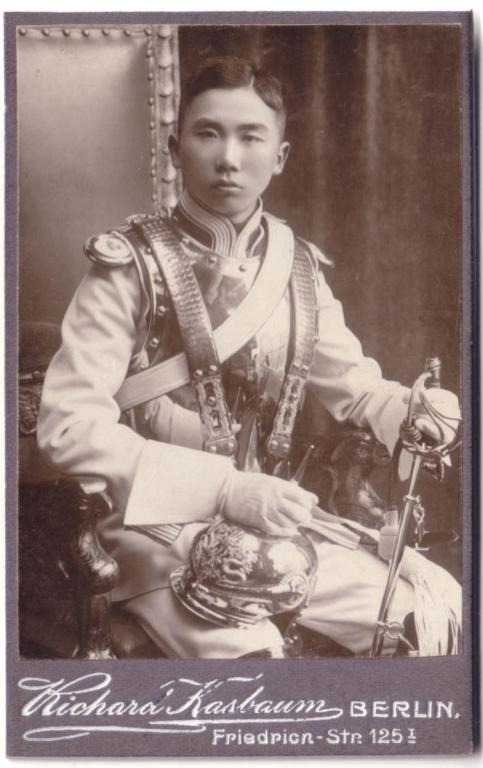
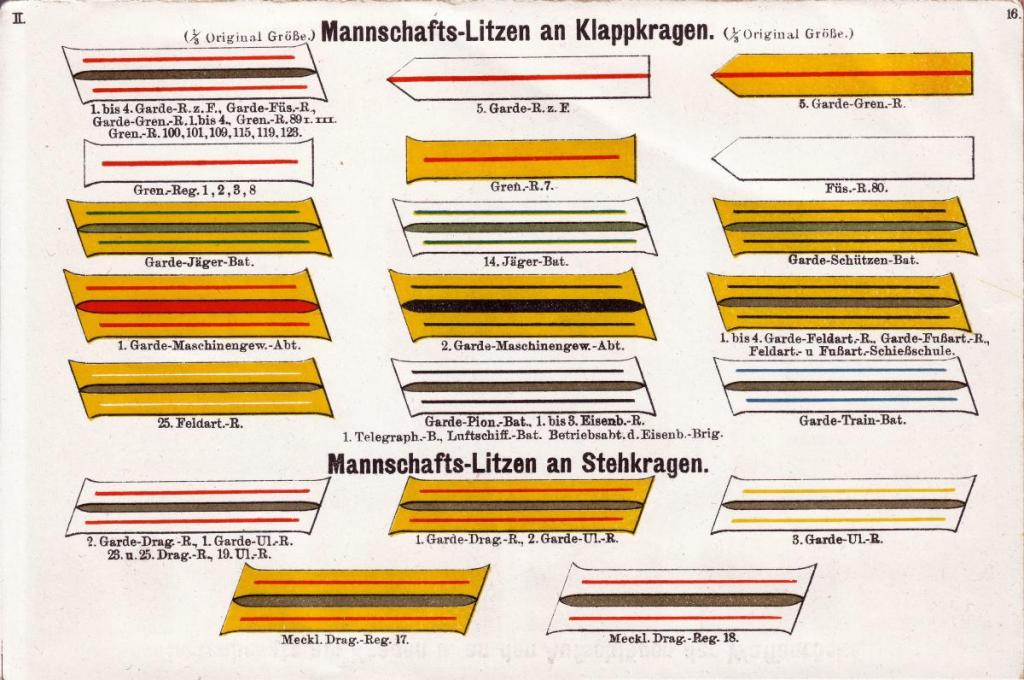
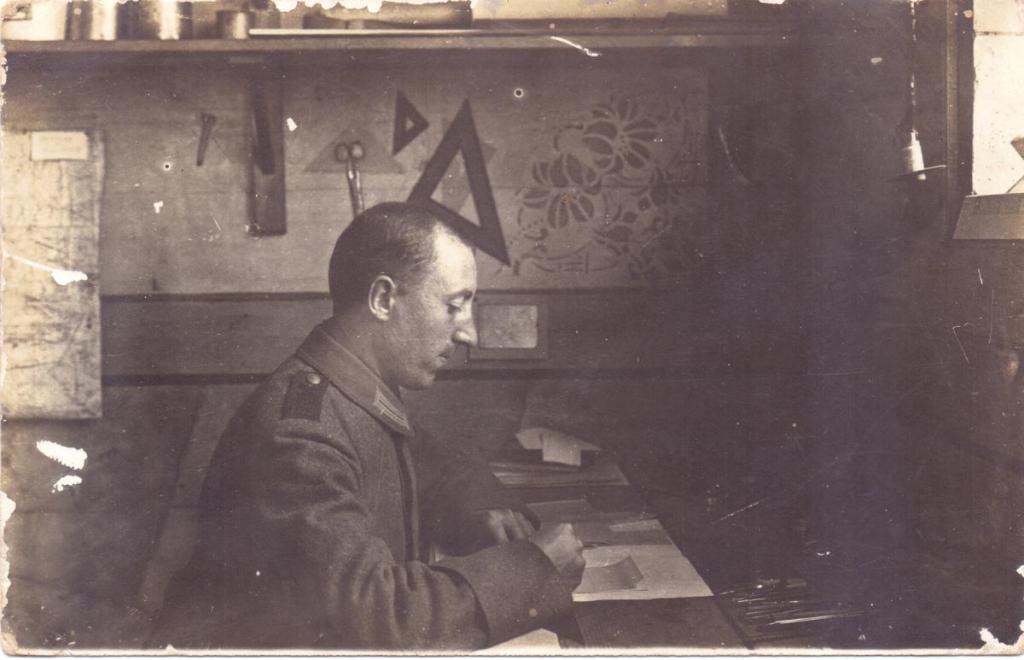


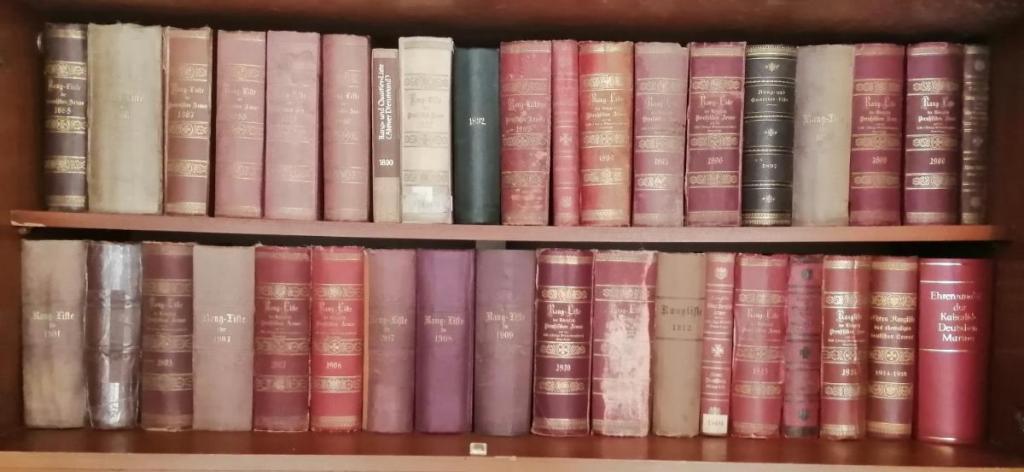
.thumb.jpg.c013e1da54cbab04dd3cfe27a5f52c1f.jpg)
.thumb.jpg.f799bd884dca06db6791b5ef44f60630.jpg)
.thumb.png.02b149b727e739e097e688b121e17793.png)

